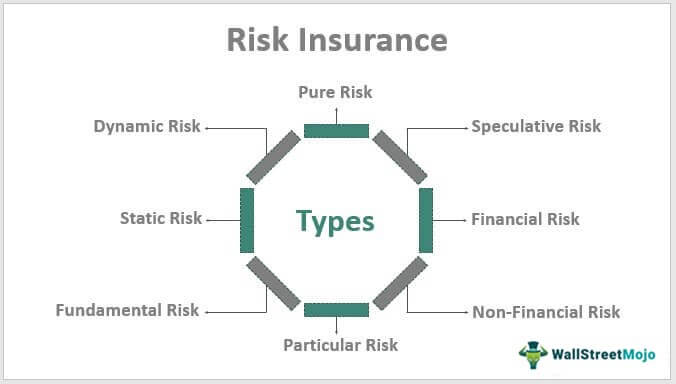A company’s budget can become a victim of project risks. These can include scope creep, damage to deliverables and other factors that deviate from original estimates.
There are a number of tools available to help businesses build risk budgets. These can include investor-facing software that aligns risk tolerance with portfolio performance results.
1. Under-budgeting
Under-budgeting occurs when a project’s actual costs are lower than the amount of funds allocated to it. This is often the result of poor cost estimating or inaccurate assumptions. It can also happen when a project is initiated around needs rather than requirements, and the scope changes throughout implementation. Under-budgeting can also occur when contractual agreements with vendors require partial payment as activities progress. It’s also common for budgets to be under-forecast because companies are reluctant to spend money on projects that haven’t yet produced results. Frequent reforecasting and monitoring can help to prevent this from happening.
The most serious causes of under-budgeting are rooted in the budget preparation process. The budget must represent an objective estimate of the costs of stated and agreed expenditure policy options. It’s not enough to reduce the cost of programs; the budget must reflect the effect of such reductions on different economic categories. It’s also crucial that the estimating method used is appropriate for the current economic situation.
This means that it’s important to have a clear understanding of the company’s financial standing and to have a solid plan in place for predicting costs for future periods. In addition, it’s helpful to build in contingency reserves. This ensures that a 10% budget overrun won’t turn into a 50% one before you have a chance to correct it.
2. Over-budgeting
When projects exceed their budget, it halts productivity and negatively impacts the company’s profitability. The good news is that most over-budget projects can be corrected by proper cost management and frequent reforecasting. This allows the team to identify risks and re-allocate resources, helping them get back on track. However, the damage already done may require the business to make sacrifices to ensure its future growth and financial health.
Generally speaking, the main reason for a project to go over budget is due to inaccurate estimates during the initial planning phase. A slight overestimation of labor, materials or equipment can lead to unforeseen expenses that accumulate throughout the project life cycle. This is why it’s crucial to review and refine estimates throughout the process to minimise over-budgeting risks.
Another common cause for budget overruns is scope creep. This occurs when a project gradually expands in size until it goes beyond its original intended scope. This usually results in increased costs and a longer timeframe for completion, which is why it’s important to use risk control strategies to revisit the project goals and trajectory at scheduled checkpoints throughout the process.
There are also uncontrollable factors that can contribute to budget variances, such as external events, which are out of the project manager’s hands. It’s therefore essential to identify the different types of budgeting risks, implement risk controlling practices and have a solid communication strategy in place to reduce their impact on your project.
3. Uncertainty
Uncertainty refers to the amount of variance in a measurement or prediction result due to factors beyond the control of the analyst. It can come from sources such as measurement errors, detection uncertainty, documenting uncertainties or even model uncertainty if the model used to compute the prediction has flaws in its assumptions. In addition, the resulting uncertainty can be further compounded by various internal and external risk factors that impact project cost.
Heightened uncertainty makes it more difficult to compare actual results against budgets. It also makes it less likely that strict budget limits will be a useful control mechanism because managers must adapt quickly to changing circumstances. Budgets should therefore focus on relative rather than absolute targets. For example, it’s more meaningful to set total sales goals at the regional level than specific targets for each country or product line.
The risk of budgetary slack can be further increased by political and organizational factors. These can include the budgeting process, political bargaining and top-down approaches. In these cases, the different interests of stakeholders may clash and lead to a budget that is lagging or over-budgeted. This can be resolved by using a system of risk transfer, in which responsibility for each risk is assigned to an individual or team within the company. This can be done either internally or by working with an outside partner who is experienced in the relevant field.
4. Inaccuracy
Inaccuracy can be a significant budgeting risk that can affect many areas of the company. Inaccurate information can lead to missed deadlines, inaccurate estimates and wasted money. Inaccuracy can also lead to inefficient use of resources, and the consequences of inaccurate information can be severe across industries. For example, in law enforcement, inaccurate data could result in booking the wrong person for a crime. In healthcare, inaccurate data could mean making a critical mistake in patient care. In business, inaccurate data can lead to costly mistakes in launching new initiatives and expanding into new markets.
In addition to internal factors, external factors can also impact the budget. These may include changes in the economy and global trade, which can have a major effect on your costs and revenues. This is why it’s important to keep an eye on market trends when preparing your budget.
Having an accurate budget can improve your organization’s technical efficiency and financial resilience. This is why it’s important to have an effective system in place to identify and assess potential risks before they become a reality. Integrating risk management into the budget planning process can help to streamline your processes and give confidence to stakeholders. In addition, you can also consider sharing responsibilities between departments to ensure that all relevant parties are aware of the risks involved.
